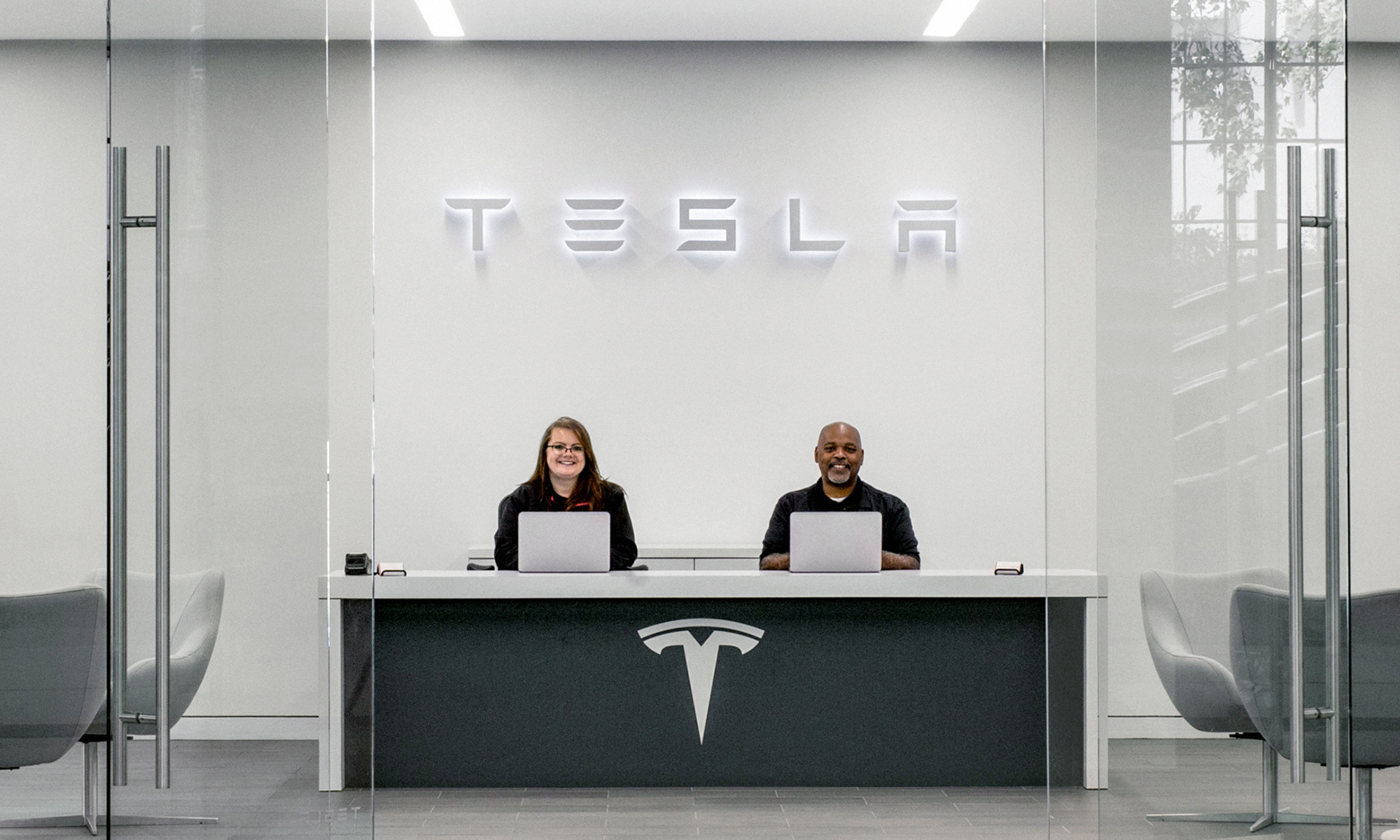Electric-car maker Tesla (TSLA 0.32%) reported first-quarter earnings last week, and it was quite a show. CEO Elon Musk rudely cut off two sell-side analysts, despite the fact that the "boring" and "dry" questions that they posed were completely valid and relevant to all investors, long or short. It seems that Musk incorrectly thought that the analysts -- Bernstein's Toni Sacconaghi and RBC's Joseph Spak -- were advocating for short-sellers, when in fact both firms have neutral ratings on Tesla shares. Meanwhile, Goldman Sachs analyst David Tamberino, who actually has a sell rating on the stock, wasn't interrupted.
The 2 questioners I ignored on the Q1 call are sell-side analysts who represent a short seller thesis, not investors
— Elon Musk (@elonmusk) May 4, 2018
Beyond Musk's childish antics, there's a specific data point that should concern Tesla investors (myself included).
Tesla's current cash position is spoken for
Tesla closed out the first quarter with a little under $2.7 billion in cash and cash equivalents, while expressing confidence that it would be profitable and cash-flow positive for the second half of the year (both on a GAAP basis). The company is in an incredibly precarious financial situation right now. In fact, when you look at the liabilities side of the balance sheet, two specific line items combined already exceed its total cash: accounts payable and customer deposits.
|
Balance Sheet Metric |
Q1 2018 |
|---|---|
|
Cash and cash equivalents |
$2.7 billion |
|
Accounts payable |
$2.6 billion |
|
Customer deposits |
$984 million |
Data source: SEC filings.
Generally speaking, customer deposits are fully refundable, although this cash is not held in escrow or segregated from Tesla's working capital. Deposits are applied to the purchase price of the vehicle once a customer places an order. Tesla says it still has over 450,000 net Model 3 reservations, but Musk has a bad habit of conflating reservations with orders and sales. That was his underlying rationale for not answering Spak's question about the conversion rate of reservations to orders.
Reason RBC question about Model 3 demand is absurd is that Tesla has roughly half a million reservations, despite no advertising & no cars in showrooms. Even after reaching 5k/week production, it would take 2 years just to satisfy existing demand even if new sales dropped to 0.
— Elon Musk (@elonmusk) May 4, 2018
That conversion rate is critically important to investors right now, since it will effectively determine how much of those customer deposits will end up being recognized as revenue instead of sitting on the balance sheet as a liability. Many Model 3 reservation holders are waiting for other options and configurations, such as dual-motor or the standard-range battery, before making a decision. A conversion rate would help investors gauge the dynamics of Model 3 demand.

Image source: Tesla.
In terms of accounts payable, Tesla has been able to stretch out payables in the past to improve cash flow, but that is still money owed to suppliers. For what it's worth, Tesla's days payable outstanding (DPO), which measures the average time it takes for a company to pay what it owes, stands at about 70 days.
TSLA Days Payable Outstanding (Quarterly) data by YCharts.
In case it wasn't clear by now, Tesla's ability to ramp Model 3 production is absolutely the most important thing for investors to watch right now. The company desperately needs that revenue to continue funding operations, pay down debt, and pay suppliers. If it fails to execute on that ramp, Tesla will undoubtedly need to return to capital markets to raise some cash -- just months after antagonizing Wall Street.







